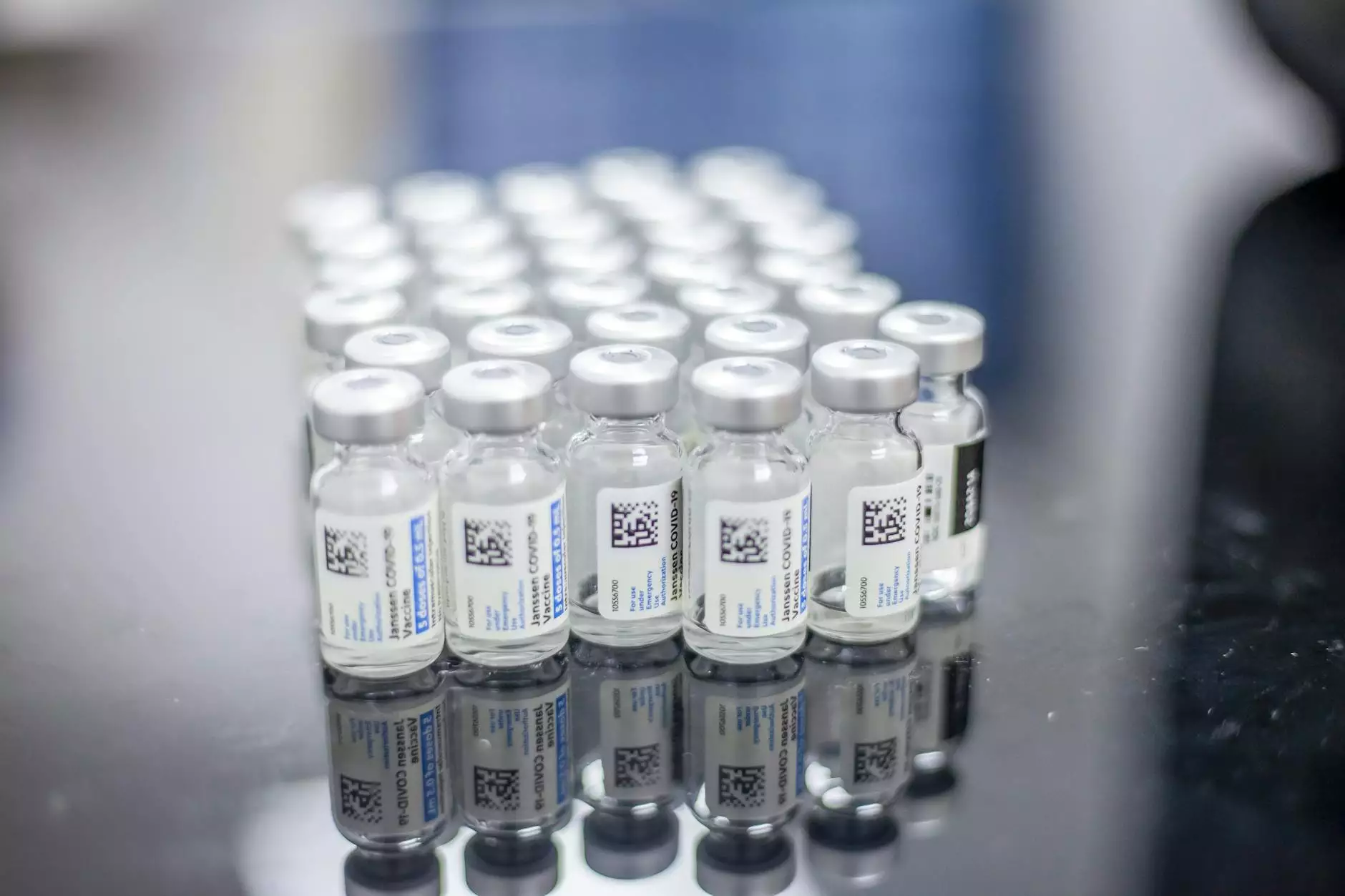Understanding Ankle Discoloration: Causes, Treatment, and Prevention

*Ankle discoloration* is a condition that affects many individuals, often unnoticed in the hustle of daily life. However, understanding its causes, implications, and potential treatments is crucial for maintaining overall health and wellness. In this comprehensive guide, we will delve into the various aspects of ankle discoloration, ensuring you have all the information you need to identify and address it effectively.
What is Ankle Discoloration?
Ankle discoloration refers to variations in skin color on or around the ankle area. This condition can manifest in several ways, including shades of purple, yellow, brown, or red. While it may seem cosmetic, ankle discoloration can be a critical indicator of underlying health issues, often linked to poor circulation, skin conditions, or other medical concerns.
Causes of Ankle Discoloration
The reasons behind *ankle discoloration* can be multifaceted. Understanding the underlying causes is essential for effective treatment. Here are some common factors:
1. Poor Circulation
Poor circulation is one of the primary causes of ankle discoloration. When blood flow is reduced in the legs and ankles, it can lead to a bluish or purple tint on the skin. This is often seen in individuals with vascular diseases, such as:
- Peripheral Artery Disease (PAD)
- Chronic Venous Insufficiency (CVI)
- Deep Vein Thrombosis (DVT)
2. Skin Conditions
Skin disorders can also contribute significantly to discoloration. Conditions such as eczema, psoriasis, and dermatitis can cause redness or brownish patches on the skin. Additionally, other skin-related issues that may lead to discoloration include:
- Hyperpigmentation
- Skin infections
- Sun damage
3. Injuries and Trauma
*Ankle discoloration* can often occur as a result of injury or trauma. Bruising following an injury can lead to temporary discoloration, typically resolving as the bruise heals. It's vital to monitor such injuries closely for signs of complications.
4. Medical Conditions
Several medical conditions can cause discoloration in the ankles, such as:
- Diabetes: Poor blood flow and nerve damage can lead to various complications, including skin discoloration.
- Heart or Kidney Disease: These conditions can affect circulation and fluid retention, causing discoloration.
- Liver Diseases: Issues with the liver can lead to jaundice, reflecting as yellow discoloration of the skin.
5. Lifestyle Factors
Lifestyle choices can significantly impact overall cardiovascular health and, consequently, *ankle discoloration*. Factors such as smoking, sedentary behavior, and poor diet can contribute to conditions leading to discoloration.
Identifying Ankle Discoloration
Recognizing *ankle discoloration* early is critical in preventing more severe health issues. Here’s how you can identify it:
1. Self-Examination
Regularly examining your ankles and legs for changes in color is an excellent practice. Look for:
- Color changes: Observe any blue, red, yellow, or brown patches.
- Texture changes: Feel for any unusual bumps or roughness.
- Sensation: Note any numbness, tingling, or pain in the area.
2. Consult a Healthcare Provider
If any discoloration persists or is accompanied by other symptoms (e.g., swelling, pain, or warmth), it's crucial to consult a healthcare professional. Your doctor may perform tests to determine the underlying cause and suggest appropriate treatment.
Treatment Options for Ankle Discoloration
The treatment for *ankle discoloration* varies significantly based on the underlying cause. Here are some common therapeutic approaches:
1. Lifestyle Modifications
Implementing healthier lifestyle choices can significantly improve circulation and overall wellness, potentially resolving discoloration issues. Consider the following:
- Regular exercise to improve blood flow
- A balanced diet rich in fruits and vegetables
- Avoiding tobacco and excessive alcohol consumption
2. Medical Treatments
If poor circulation is a significant factor, medical interventions may be necessary. Possible treatments include:
- Medications to enhance blood flow
- Compression stockings to improve venous return
- In severe cases, surgical options may be considered to address vascular issues.
3. Skin Treatments
For cases related to skin conditions, various topical treatments may be prescribed, including:
- Corticosteroids for inflammation
- Moisturizers to address dryness
- Antibiotics for infections
Preventing Ankle Discoloration
While not all instances of *ankle discoloration* are preventable, several proactive measures can significantly reduce the risk:
1. Regular Physical Activity
Engaging in regular exercise is one of the best ways to improve circulation. Simple activities like walking, swimming, or cycling can be highly beneficial.
2. Healthy Diet
A well-balanced diet helps maintain optimal vascular health. Focus on foods rich in:
- Vitamins C and E for skin health
- Omega-3 fatty acids to reduce inflammation
- Fiber to maintain good circulation
3. Regular Medical Check-Ups
Routine health screenings can help catch and manage conditions that may lead to *ankle discoloration* early on. Be vigilant and consult your doctor if you notice any unusual changes.
When to Seek Professional Help
If you experience any of the following symptoms, it is essential to seek professional medical assistance promptly:
- Severe pain or swelling in the ankles
- Persistent or worsening discoloration
- Open wounds or sores near the discolored area
- Signs of infection (such as redness, warmth, or fever)
Conclusion
In summary, *ankle discoloration* can be an important indicator of various health conditions. By being proactive in monitoring your ankle health, understanding potential causes, and seeking timely treatment, you can manage and potentially prevent this condition. Remember, the key to maintaining healthy ankles lies in a balanced lifestyle and regular check-ups with healthcare professionals, such as those at trufflesveinspecialists.com. Prioritize your health and well-being today!



